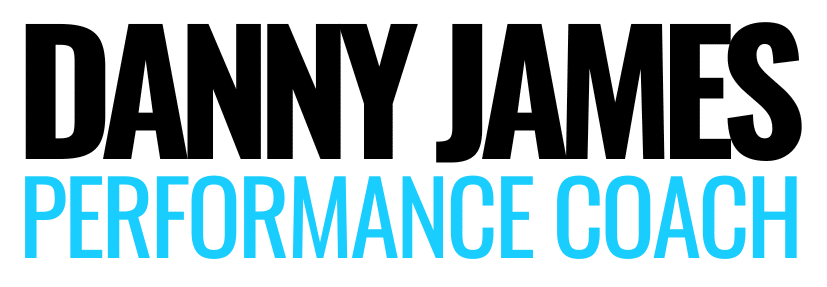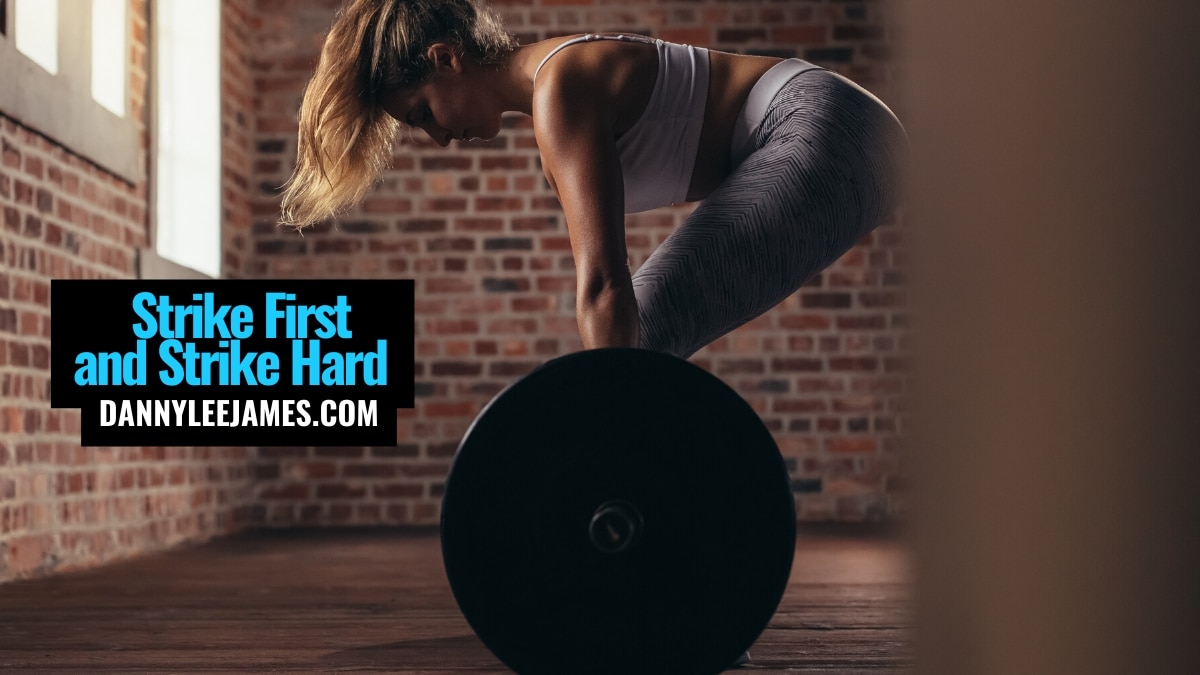Yesterday we talked about the conservation of variation concept. Continuing on, we’ll go over some quick and easy ways to avoid unnecessary variation that can stall training progress. Specifically, we’ll cover how doing fewer exercises per session and more total sets can, in many cases, actually improve results.
Let’s dive right into application.
So, how do we apply conservation of variation when it comes to ‘exercise stuffing’ a program?
The obvious first step is to take a hatchet to the program and cut off anything that’s unnecessary now. Particularly anything you feel is already being accomplished in a similar way at that time. Now, this can be done in a multitude of ways far beyond the scope of this article.
This will also vary depending on your training frequency and availability. For example, if you’re only training twice per week for an hour each, you’ll simply have fewer options to have to configure.
In most cases, if you feel as though you’ve got to cover every exercise per bodypart every session, it’s likely that your programming will be lacking more than you think.
I recommend that to avoid situations of exercise stuffing, do fewer total exercises per session. Fill up the bulk of your training volume instead with more total sets of the exercises you keep.
Make sure that you still use your high return movements, and keep a few of them in your back pocket for a later rotation. Doing more sets of fewer exercises sharpens your focus to a razor’s edge. You’ve got fewer items on the menu, but you’re going to be able to really give them all you’ve got.
Advanced Lifters
For the more advanced lifters, this will help in a number of ways:
- It will make available resources to build training volume in a more directed way.
- There will also be less overlap to factor in when it comes to managing fatigue, which is also a greater concern for experienced lifters.
Related: Squats, Muscle Damage, and Recovery
Beginner Lifters
For the beginner lifter, in particular, this means more high-quality technique rehearsal which is money in the bank for this population.
For example, a typical upper body pushing program might look like the following:
- 5 exercises per session
- 3 sets of each exercise
- 2 pushing sessions per week (30 total sets)
- Combination of flat, incline, barbell and dumbbell exercises on both pressing days
You could instead try performing the following:
- 3 exercises per session
- 5 sets of each on each exercise
- 2 pushing sessions per week (30 total sets)
- Flat or Incline exercises only for 2-3 training cycles
- Barbell or dumbbell exercises only for 2-3 training cycles
With option 2, you’re managing the same total weekly training volume, and focusing it towards fewer exercises.
Option 2 also offers a complete pressing program while leaving you plenty of effective derivatives to use down the road.
When strength adaptations begin to slow (at usually 3-4 weeks) using the same schedule, I wouldn’t be swapping out exercises right away.
At this point, there’s still some progress to be had. Instead, I’d first look to make smaller tweaks and leave the dramatic changes for when you bring in new lifts.
I’d begin by changing the grip that you use, the set and rep scheme, rep speed, and/or even the rest period between sets.
Any of these, bridged by a deload week can provide enough of a small change, and still be consistent enough for continued improvement.
After approximately 2-3 training cycles with these micro-changes, it may then be a good idea to swap out those exercises completely. Bring in some high-return favourites when you need those fresh reserves.
Such is Conservation of Variation. It’s stretching out the progression continuum and keeping the fires hot. Sticking with a particular variant until it no longer produces an acceptable minimum adaptation.
Which falls within the constraints of necessary routine and specificity that progress is built on. As well as allowing for enough variability to press back the ceiling on your potential.
In closing
Avoid the trap of thinking you need to do every exercise possible to hit every angle. You don’t.
Leave some bullets in the clip and pick your mark. One shot, one kill. Because if everything’s important then nothing really is.


[…] 2 is thisaway. […]
[…] you’re drawing out the progression continuum for as long as you’re able. To have unused alternatives ready to go for maximum muscle-building effect […]